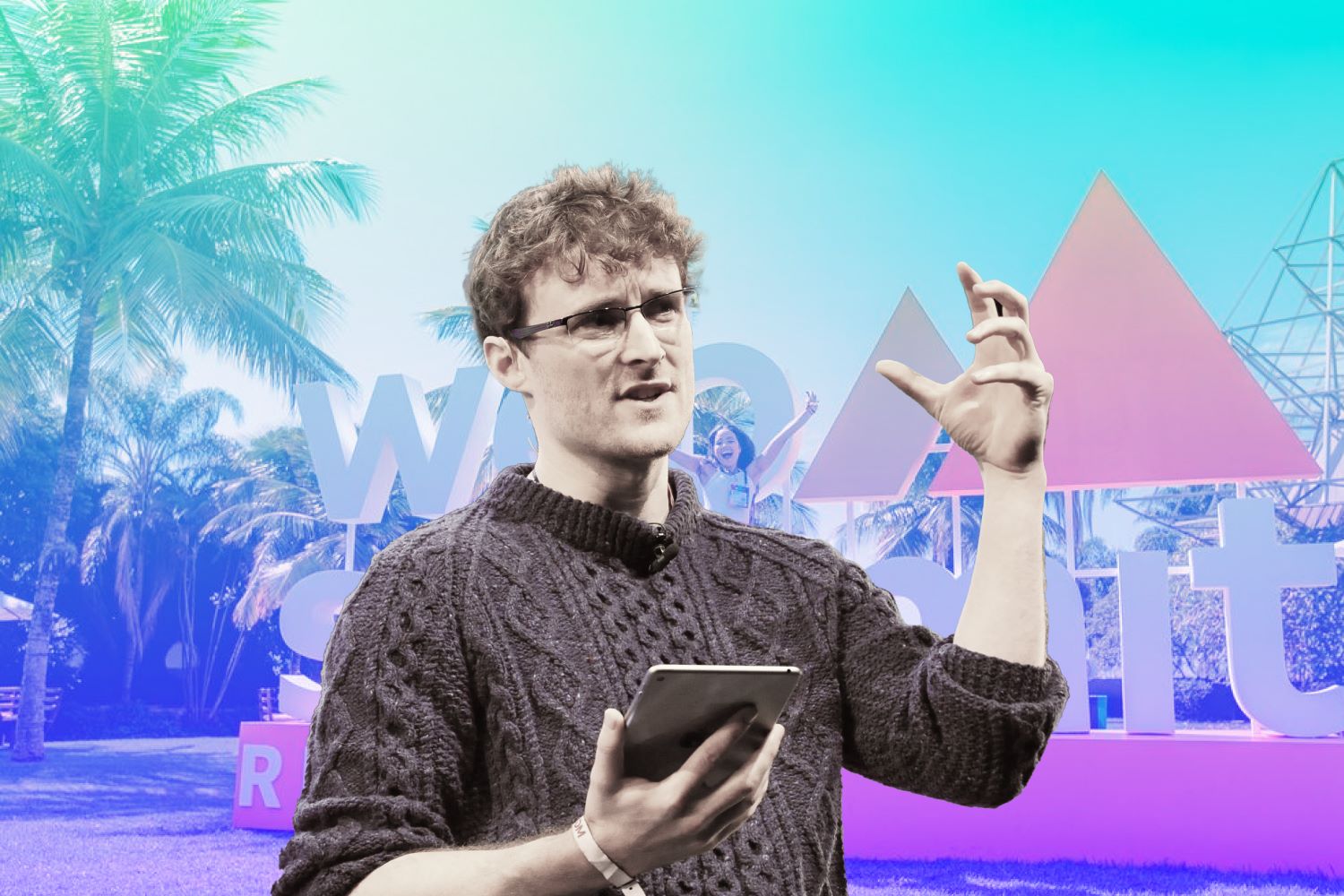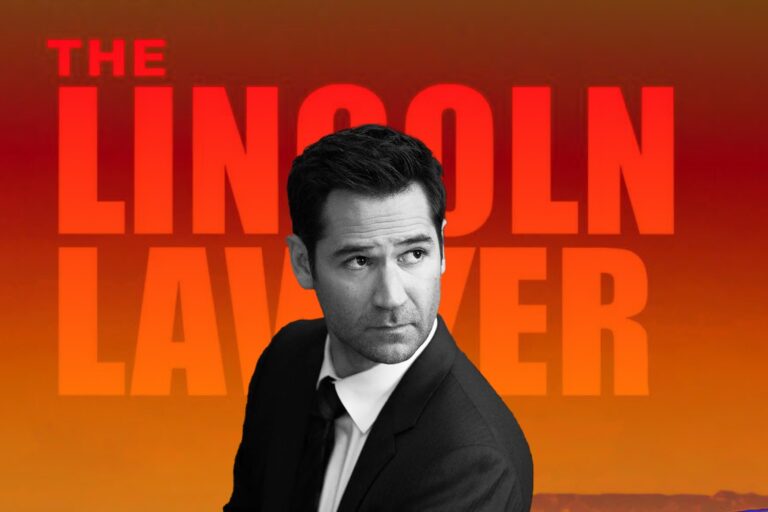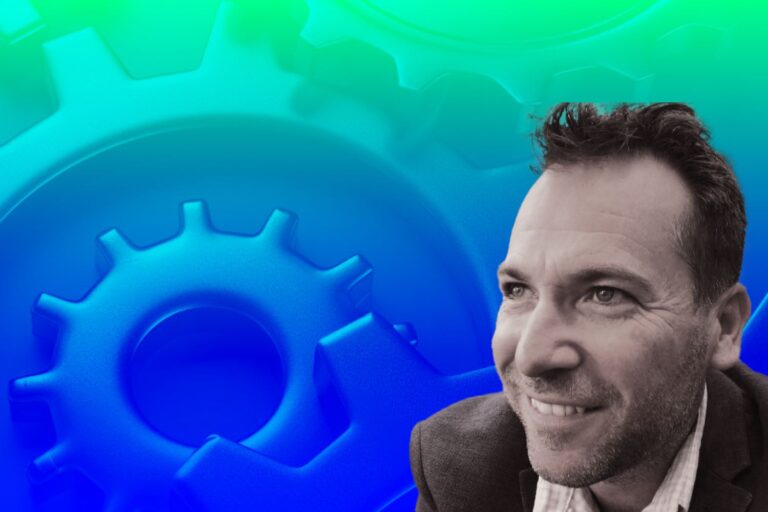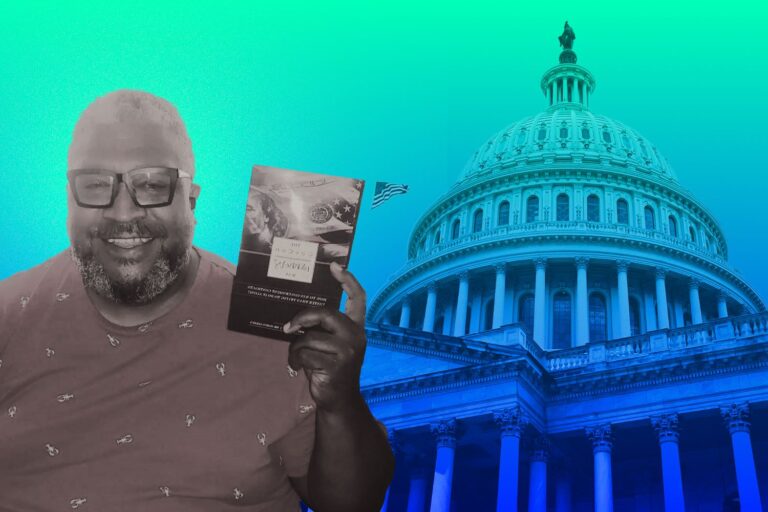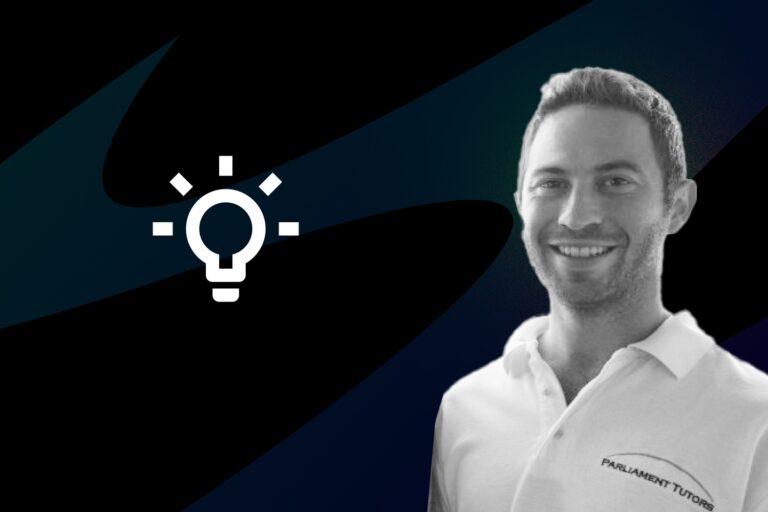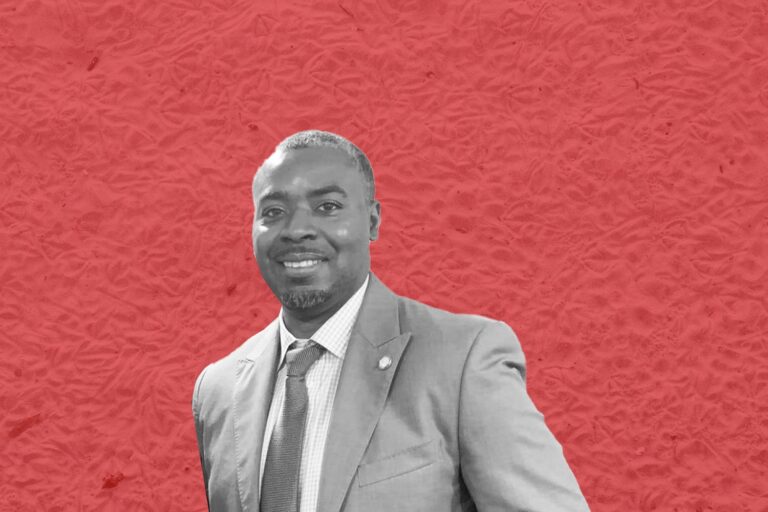Paddy Cosgrave: Transforming Web Summit into a Global Powerhouse
In the fast-paced tech world, Web Summit stands out as the biggest conference where industry leaders, startups, and innovators come together.
It’s impossible to discuss Web Summit without mentioning Paddy Cosgrave, its founder and CEO. His vision and leadership have been instrumental in shaping Web Summit into the premier tech conference it is today.
While celebrated for his leadership, Cosgrave’s journey with Web Summit has also seen challenges and controversies. Before delving into those, let’s explore his journey to founding Web Summit.
From Rural Ireland to Global Tech Influencer: The Journey of Paddy Cosgrave to Found Web Summit
Paddy Cosgrave grew up on a farm in County Wicklow, Ireland, and received his education at Glenstal Abbey School before attending Trinity College Dublin.
“Even though I lived in a very rural area, my house was surrounded with computers and my father was obsessed with them – computer programming and hardware. My dad knew that cows would not be important in my future, but he was very sure that computers were the only future, and therefore, any opportunity I had to learn about computers, he encouraged it,” he shared.
“I grew up with Internet as soon as it was available. It was second nature. When I got to university, I was really interested in building software, but not everyone had grown up in an environment where internet was a core part of their life,” said Cosgrave.
At Trinity College Dublin, Paddy Cosgrave studied Business, Economics, and Social Studies. While there, he was the president of the University Philosophical Society and editor of the satirical magazine Piranha.
“At that time, I wanted to do computer science but my mother told me it was a stupid idea because computers were going out of fashion so I did a degree in social sciences. During which I had a lot of time on my hands which I spent doing other things outside of my education. These activities helped me a lot into becoming who I am today,” he stated.
He graduated in 2006 with a degree from Trinity’s BESS program. While at university, Cosgrave was also the executive director of Rock the Vote Ireland, a campaign to encourage young people to vote in the 2007 Irish general election.
He also co-founded MiCandidate, a website that provided detailed information on candidates running in that election.
“When I left college, I had a very clear vision and idea of what exactly I wanted to do i.e building a software company. I started working on it before starting Web Summit. I have had that experience of being a startup at many different startup conferences and knew how it felt,” he said.
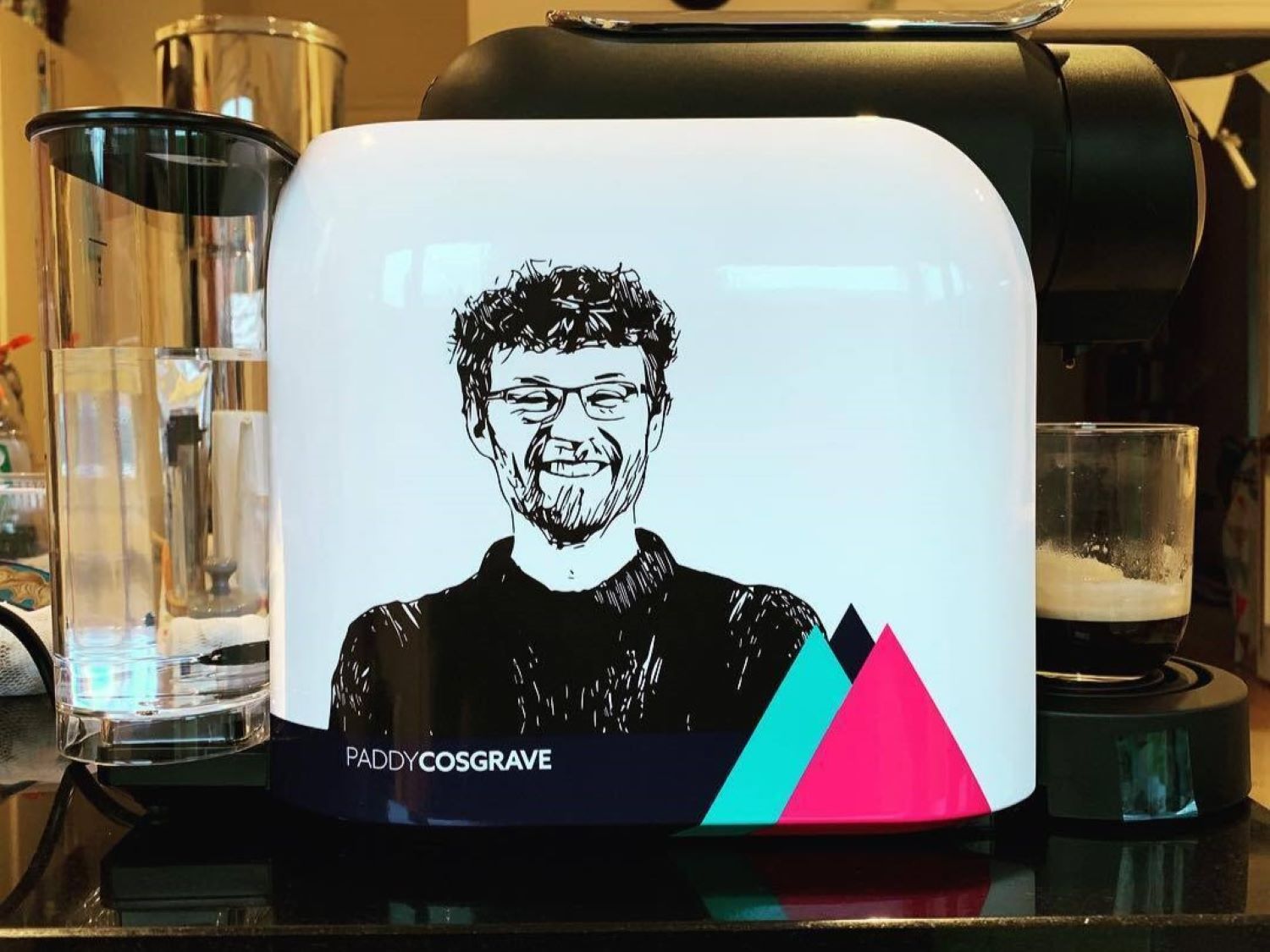
In 2009, Cosgrave co-founded Web Summit, initially a small tech conference with just 150 attendees in Dublin.
Paddy Cosgrave thinks startup-focused conferences are great and believes there should be even more of them.
“I believe that they are incredible and I think there should be more conferences. You know, when I think about the scenario five years ago in Ireland, when no conferences were conducted. We started with Web Summit and now there are many tech conferences, even for UX designers and for iOS UX designers. These are really good for the ecosystem,” he shared.
Under his leadership, Web Summit grew from 400 attendees in its first year to 71,000 in Lisbon by 2022. Cosgrave owns 80% of the company running the conference, Manders Terrace Ltd, through his firm Proto Roto Ltd, which reported investments of €1.1 million in 2021.
Over the years, Web Summit has become a major global tech event, gathering over a million business people from around the world. Its flagship event in Lisbon, held every November, is complemented by a series of global events, including Web Summit Rio in South America, Web Summit Qatar in the Middle East, Collision and Web Summit Vancouver in North America, and RISE in Asia.
How the Team Behind Web Summit Transformed Networking
Web Summit quickly became the top tech conference, growing from 400 attendees in its first year to 22,000 in its fourth year. The event’s success in attracting such a large audience so fast showed just how influential and popular it had become in the tech world.
From the start, people have praised Web Summit for its great networking and connections made during its pub crawls and evening events. What seemed like random meetings were actually planned by Cosgrave and a friend, who used a simple algorithm to group people during the first Summit’s pub crawls.
As the conference grew, Cosgrave invested a lot in hiring data experts to make the event even better. He wants to make networking at the conference better and improve the overall experience.
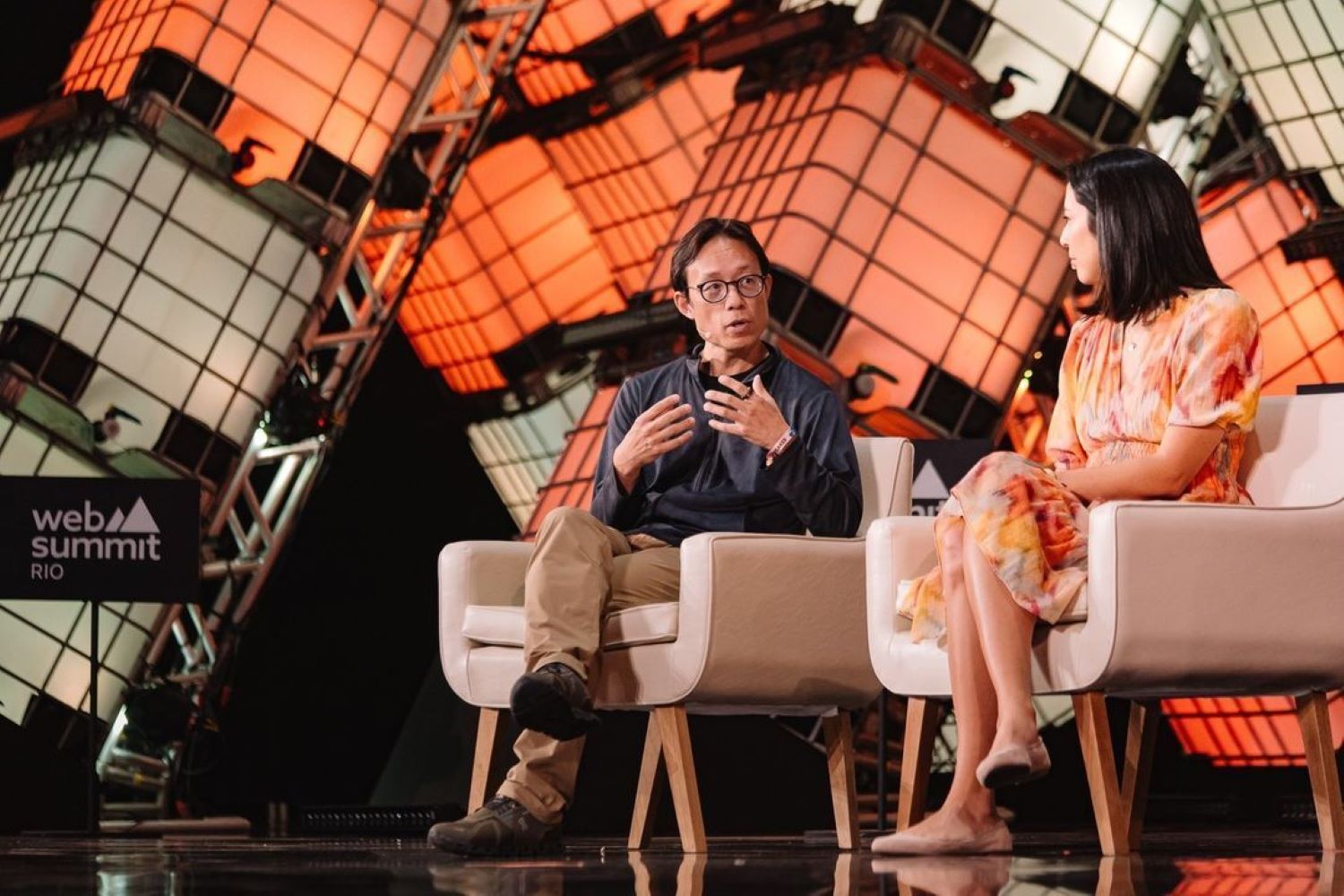
“The software you use when you go to a conference is the software you’ve been using for years, your eyes and your mouths,” Cosgrave said. “The idea that there isn’t effective software you can just fire up on your phone saying you should connect with this person and this person at a conference is shocking. This should exist at this point.”
As Web Summit has expanded to feature 10 stages, 614 speakers, and 2,160 exhibitors, finding ways to improve networking has become even more important. With stages spread across two sections of the Royal Dublin Society’s fairgrounds and numerous social events happening throughout the city, Cosgrave noted the challenge of making meaningful connections amidst the vast scale.
“Every morning, I would roll out of bed and scroll through Twitter and see all the kebab selfies people were taking at 6 in the morning,” Cosgrave said. “And I’d think, oh my goodness, these people have to be back at the Summit in just a couple of hours.”
As Web Summit has grown, the chance of randomly meeting the right people has decreased, so Cosgrave is working to improve how connections are made. He brought in Cian Kennedy as the Summit’s vice president of quantitative strategy. Kennedy, who previously worked at JP Morgan managing global algorithmic trading, is applying his expertise to tech.
In June, Michael Sexton and Louis Burke joined the team. Sexton, a physicist specializing in computer simulations, and Burke, an expert in machine learning and cognitive science, are leading a new project. They are installing hundreds of GoPro cameras throughout the venue to capture every detail of the event.
For the conference, Summit developers created a special search engine called Wholi, with help from PeopleGraph. Attendees could search for names or topics like “3D printing” to find profiles of other people at the event.
They also built a mobile app for networking. This app scans profiles and suggests people to connect with, and it has a chat feature for direct messaging. Cosgrave described it as “Tinder for conferences.”
Before the conference, the team used algorithms to connect startups with investors. They developed programs to sort through pitches and slidedecks from startups and match them with relevant venture capitalists.
Even after the event ends, Cosgrave plans to keep the networking going. The apps and algorithms continue to learn about attendees’ interests as they use them.
“By judgement, hard work and luck, Web Summit has become the largest startup event on the planet. With 90% of attendees coming from overseas,” said Cosgrave.
Forbes describes Web Summit as “the best tech conference on the planet,” while Bloomberg refers to it as “Davos for geeks.” Politico labels it “the Olympics of tech,” and the Guardian calls it “Glastonbury for geeks.”
What Draws People to Web Summit Conferences?
When people think of Web Summit, they picture top speakers, big product launches, and new tech innovations. But for many, the real value comes from the personal and professional growth they gain by attending the conference.
With all the biggest names in the business gathered on one exhibition floor, Web Summit is the perfect opportunity to explore and see what the competition is doing. It’s a great place to talk to industry peers, compare techniques, and set new goals.
At Web Summit, attendees are experts in their fields, all on the lookout for the next big thing. Attendees at Web Summit can check out new companies, give feedback, and connect with potential customers using the event’s scanning function to gather contact details.
The conference is a great chance to showcase brands, make a strong impression, and start building personal connections with real leads.
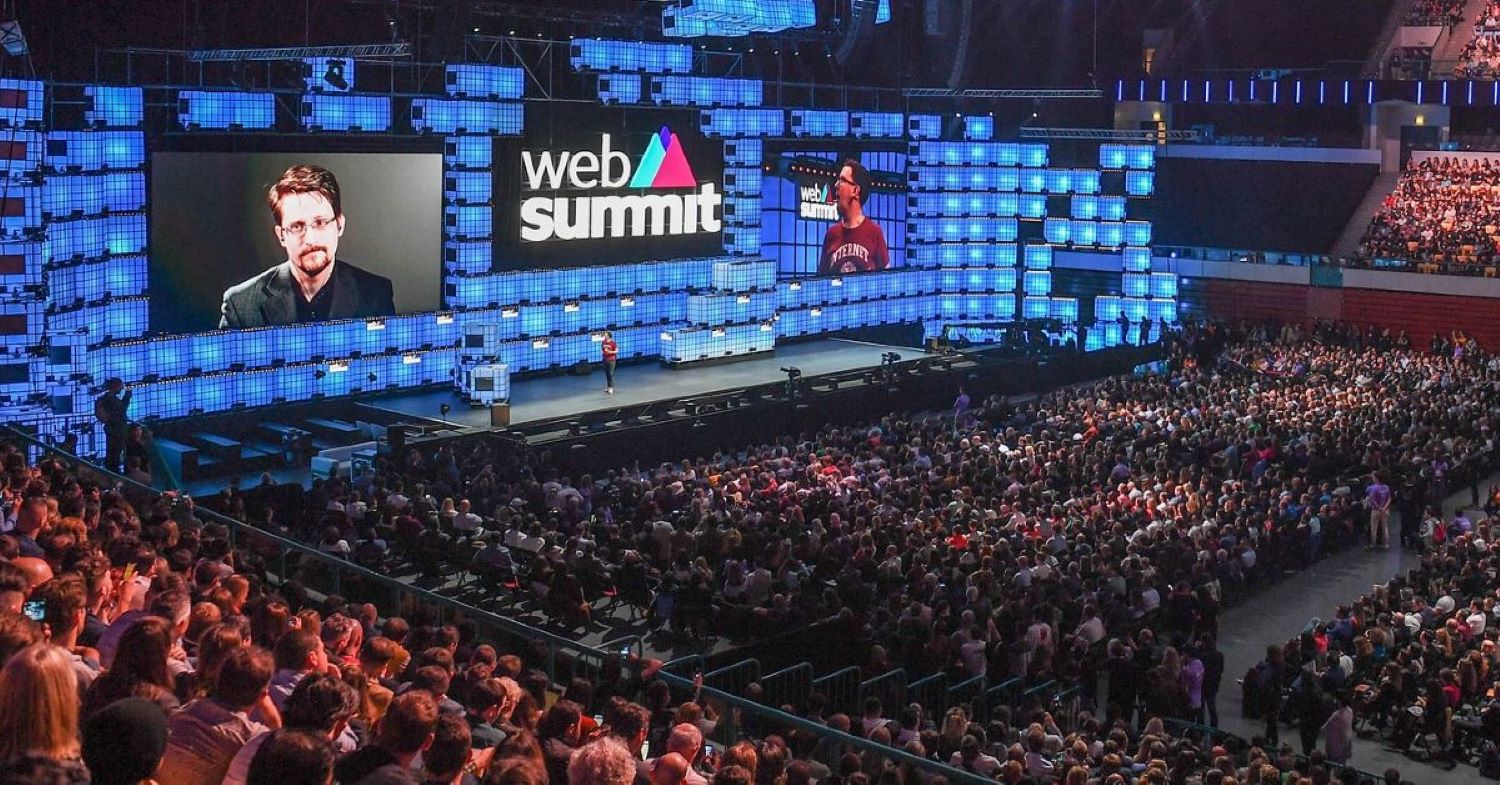
With 70,000 people at Web Summit, meeting others is simple, but finding the right connections can be tricky. Web Summit makes it easier by offering industry-specific meetups, lounges, workshops, and app recommendations for new contacts. Plus, after-hours events at Night Summit provide even more chances to network and make valuable connections.
With over 600 speakers sharing their expertise, attendees can enjoy a wealth of engaging talks. Between sessions, participants can explore partner-led workshops and roundtable discussions to gain new skills and insights.
Diversity is a big priority for Web Summit organizers. In 2021, they reached 50.5% female attendance, a significant achievement in the tech field, which is usually male dominated. It was made possible through women-in-tech initiatives and discounts, which Cosgrave calls price discrimination, to encourage more women to attend.
How Web Summit Events Benefit Local Communities
Besides, Web Summit events offer many benefits to local communities.
For instance, when Web Summit decided to host an event in Brazil, they chose Rio de Janeiro for its vibrant atmosphere and suitability for international gatherings. Cosgrave noted that Rio’s previous successes with the World Cup and Olympics made it an ideal choice for Web Summit.
“We chose Rio, it’s just a great city to bring people from around the world, it was perfect for the World Cup, perfect for the Olympics, and it’ll be perfect for Web Summit,” he said.
The event has a big impact on the local economy. They drive economic impact by boosting spending in sectors like restaurants, hotels, and taxis.
For example, in Rio de Janeiro, Rio’s Mayor Eduardo Paes estimates that it will bring about $200 million to the city by 2028. This mostly benefits restaurants, hotels, and taxis, but the positive effects reach beyond these areas.

Web Summit also offers valuable opportunities for local businesses. The event gives companies a fantastic chance to show off their products and services, boosting their visibility and attracting attention from around the world.
In Rio de Janeiro, Brazilian companies benefit from the exposure of having hundreds of journalists, investors, and thousands of potential customers and clients in attendance. Web Summit not only helps local businesses thrive but also positions the host city and country as key players on the international stage.
Paddy Cosgrave’s History of Controversies and Online Disputes
Despite his success with Web Summit, Paddy Cosgrave has faced several controversies and online disputes that have drawn public and media attention.
Controversies with David Kelly and Daire Hickey
Paddy Cosgrave has been in legal trouble with two former shareholders, David Kelly and Daire Hickey. David Kelly and Daire Hickey have filed separate but related lawsuits against Paddy Cosgrave and Web Summit’s holding company, Manders Terrace Ltd.
Both Kelly and Hickey claim that since 2013, Cosgrave and the company have repeatedly broken a profit-sharing agreement.
Kelly claims his ownership in Manders Terrace was linked to a profit-sharing agreement dating back to before the company’s 2010 incorporation. He alleges Cosgrave stopped distributing profits around late 2013, resulting in his company missing €140,448 for that year alone. Kelly believes his company is owed 15% of annual profits from Web Summit and related ventures.
Similarly, Hickey claims promise of salary, equity, and profit share from Cosgrave in 2010 ceased by 2014, estimating he is owed over €1 million. The cases are disputed, with proceedings adjourned to a later date.
These claims were eventually denied by Cosgrave and the company.
By mutual agreement, Mr. Justice Denis McDonald included both cases in the expedited Commercial Court list. The plaintiffs’ companies had already started separate legal actions concerning the claimed breach of the profit-sharing agreement.
Controversy Over Israel ‘War Crimes’ Post
Moreover, the CEO of a prominent technology conference faced widespread criticism for publicly accusing Israel of committing “war crimes” and violating international law.
Cosgrave shared his thoughts on X about Israel’s bombings in Gaza, where about 4,400 Palestinians, mostly civilians, have died, and infrastructure has been severely damaged.
“I’m shocked at the rhetoric and actions of so many Western leaders & governments, with the exception in particular of Ireland’s government, who for once are doing the right thing,” Cosgrave said in his post. “War crimes are war crimes even when committed by allies, and should be called out for what they are.”
Two days later, Cosgrave revised his tweet to criticize Hamas’s attack on Israel, where approximately 1,400 Israelis, mostly civilians, were killed. He described the attack as “outrageous,” “disgusting,” and “an act of monstrous evil.”
After that, he faced widespread criticism for publicly and issued an apology later.
In a subsequent apology shared on October 17 via the Web Summit blog and his X account, Cosgrave expressed, “What is needed at this time is compassion, and I did not convey that … My aim is and always has been to strive for peace.”
“I also believe that, in defending itself, Israel should adhere to international law and the Geneva Conventions – ie not commit war crimes. This belief applies equally to any state in any war. No country should breach these laws, even if atrocities were committed against it.” he added.

